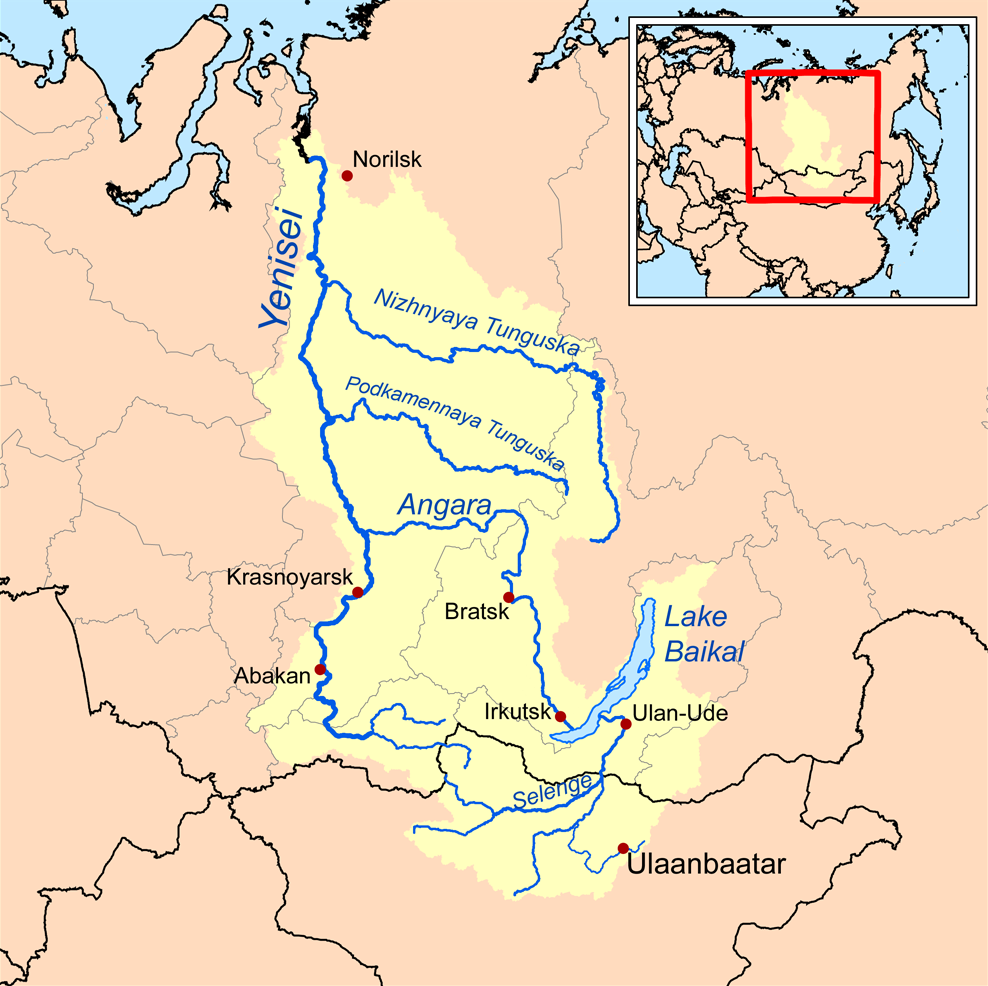|
Battle Of Mobei
The Battle of Mobei () was a military campaign fought mainly in modern-day Mongolia, in the extreme cold and barren lands of the Gobi Desert. It was part of a major strategic offensive launched by the Han dynasty in the winter of January 119 BC, into the heartland of the nomadic Xiongnu. The campaign was a success for the Han, whose forces led by Wei Qing and Huo Qubing reached as far north as Lake Baikal.''Book of Han'', vols. 06, 55, 94, parts 1.''Zizhi Tongjian'', vol. 19Lin Gan"Mobei Zhi Zhan" ("The Battle of Mobei") Background Military tension had for a long time existed between ancient China and the groups known to the Chinese as the Beidi, mainly because the fertile lands of the prosperous agricultural civilization presented attractive targets for the militaristic nomadic tribes. Throughout ancient Chinese history, protecting the northern borders from nomadic raids was a military priority. During the Zhou dynasty, northern vassal states such as Yan, Zhao and Q ... [...More Info...] [...Related Items...] OR: [Wikipedia] [Google] [Baidu] |
20041212002910723
41 may refer to: * 41 (number) * one of the years 41 BC, AD 41, 1941, 2041 Art and entertainment * ''41'' (film), a 2007 documentary about Nicholas O'Neill, the youngest victim of the Station nightclub fire * ''41'', an Australian award-winning science fiction time travel film about a time loop, by Glenn Triggs * ''41'', a 2012 documentary about President George H. W. Bush. * "#41" (song), a song by the Dave Matthews Band * ''Survivor 41'', the 41st installment of CBS's reality program ''Survivor'' * "Forty One", a song by Karma to Burn from the album ''Appalachian Incantation'', 2010 People * George H. W. Bush, or "Bush 41" (to distinguish him from his son, George W. Bush), 41st president of the United States * Nick "41" MacLaren, member of the New Zealand hip hop duo Frontline * 41 (group), a Brooklyn drill trio Others * HP-41C, a series of calculators made by Hewlett-Packard ** FOCAL (Hewlett-Packard) The HP-41C series are programmable, expandable, HP Continuous memory, ... [...More Info...] [...Related Items...] OR: [Wikipedia] [Google] [Baidu] |
Lake Baikal
Lake Baikal is a rift lake and the deepest lake in the world. It is situated in southern Siberia, Russia between the Federal subjects of Russia, federal subjects of Irkutsk Oblast, Irkutsk Oblasts of Russia, Oblast to the northwest and the Republic of Buryatia to the southeast. At —slightly larger than Belgium—Lake Baikal is the world's List of lakes by area, seventh-largest lake by surface area, as well as the second largest lake in Eurasia after the Caspian Sea. However, because it is also the List of lakes by depth, deepest lake, with a maximum depth of , Lake Baikal is the world's List of lakes by volume, largest freshwater lake by volume, containing of water or 22–23% of the world's fresh surface water, more than all of the North American Great Lakes combined. It is also the world's ancient lake, oldest lake at 25–30 million years, and among the clearest. It is estimated that the lake contains around 19% of the unfrozen fresh water on the planet. Lake Baikal ... [...More Info...] [...Related Items...] OR: [Wikipedia] [Google] [Baidu] |
Yan (state)
Yan (; Old Chinese pronunciation: ''*'') was an ancient Chinese state during the Zhou dynasty. Its capital was Jicheng (Beijing), Ji (later known as Yanjing and now Beijing). During the Warring States period, the court was also moved to another capital at Xiadu at times. The history of Yan began in the Western Zhou in the early first millennium BC. After the authority of the Zhou king declined during the Spring and Autumn period in the 8th century BC, Yan survived and became one of the strongest states in China. During the Warring States period from the 5th to 3rd centuries BC, Yan was one of the last states to be conquered by the armies of Qin Shihuang: Yan fell in 222 BC, the year before the declaration of the Qin dynasty, Qin Empire. Yan experienced a brief period of independence after the collapse of the Qin dynasty in 207 BC, but it was eventually absorbed by the victorious Western Han dynasty, Han. During its height, Yan stretched from the Yellow River to the Yalu River ... [...More Info...] [...Related Items...] OR: [Wikipedia] [Google] [Baidu] |
Vassal State
A vassal state is any state that has a mutual obligation to a superior state or empire, in a status similar to that of a vassal in the feudal system in medieval Europe. Vassal states were common among the empires of the Near East, dating back to the era of the Egyptian, Hittite, and Mitanni conflict, as well as in ancient China. The relationships between vassal rulers and empires were dependent on the policies and agreements of each empire. While the payment of tribute and military service was common amongst vassal states, the degree of independence and benefits given to vassal states varied. Today, more common terms are puppet state, protectorate, client state, associated state, or satellite state. Historical examples Ancient Egypt The reign of Thutmose III (1479 BC – 1425 BC) laid the foundations for the systems that functioned during the Amarna period of Egypt. Vassal states in the Levant became fully integrated in Egypt's economy with the construction of harbours � ... [...More Info...] [...Related Items...] OR: [Wikipedia] [Google] [Baidu] |
Zhou Dynasty
The Zhou dynasty ( ) was a royal dynasty of China that existed for 789 years from until 256 BC, the longest span of any dynasty in Chinese history. During the Western Zhou period (771 BC), the royal house, surnamed Ji, had military control over territories centered on the Wei River valley and North China Plain. Even as Zhou suzerainty became increasingly ceremonial over the following Eastern Zhou period (771–256 BC), the political system created by the Zhou royal house survived in some form for several additional centuries. A date of 1046 BC for the Zhou's establishment is supported by the Xia–Shang–Zhou Chronology Project and David Pankenier, but David Nivison and Edward L. Shaughnessy date the establishment to 1045 BC. The latter Eastern Zhou period is itself roughly subdivided into two parts. During the Spring and Autumn period (), power became increasingly decentralized as the authority of the royal house diminished. The Warring States ... [...More Info...] [...Related Items...] OR: [Wikipedia] [Google] [Baidu] |
Nomadic
Nomads are communities without fixed habitation who regularly move to and from areas. Such groups include hunter-gatherers, pastoral nomads (owning livestock), tinkers and trader nomads. In the twentieth century, the population of nomadic pastoral tribes slowly decreased, reaching an estimated 30–40 million nomads in the world . Nomadic hunting and gathering—following seasonally available wild plants and game—is by far the oldest human subsistence method known. Pastoralists raise herds of domesticated livestock, driving or accompanying them in patterns that normally avoid depleting pastures beyond their ability to recover. Nomadism is also a lifestyle adapted to infertile regions such as steppe, tundra, or ice and sand, where mobility is the most efficient strategy for exploiting scarce resources. For example, many groups living in the tundra are reindeer herders and are semi-nomadic, following forage for their animals. Sometimes also described as "nomadic" are var ... [...More Info...] [...Related Items...] OR: [Wikipedia] [Google] [Baidu] |
Militaristic
Militarism is the belief or the desire of a government or a people that a state should maintain a strong military capability and to use it aggressively to expand national interests and/or values. It may also imply the glorification of the military and of the ideals of a professional military class and the "predominance of the armed forces in the administration or policy of the state" (see also: stratocracy and military junta). Militarism has been a significant element of the imperialist or expansionist ideologies of many nations throughout history. Notable ancient examples include the Assyrian Empire, the Greek city state of Sparta, the Roman Empire, the Aztec nation, and the Mongol Empire. Examples from modern times include the Ottoman Empire, the Kingdom of Prussia/German Empire/Nazi Germany, the British Empire, the Habsburg monarchy, the First French Empire, the Zulu Kingdom, the Empire of Japan, the Kingdom of Italy under Benito Mussolini, Israel, North Korea, and the Russi ... [...More Info...] [...Related Items...] OR: [Wikipedia] [Google] [Baidu] |
Beidi
The Di or Beidi (Northern Di) were various ethnic groups who lived north of the Chinese ('' Huaxia'') realms during the Zhou dynasty. Although initially described as nomadic, they seem to have practiced a mixed pastoral, agricultural, and hunting economy and were distinguished from the nomads of the Eurasian steppe who lived to their north. Chinese historical accounts describe the Di inhabiting the upper Ordos Loop and gradually migrating eastward to northern Shanxi and northern Hebei, where they eventually created their own states like Zhongshan and Dai. Other groups of Di seem to have lived interspersed between the Chinese states before their eventual conquest or sinicization. Name The ancient Chinese, whose Xia, Shang, and Zhou states flourished along the Fen, Yellow, and Wei valleys, discussed their neighbors according to the cardinal directions. The Four Barbarians were the Di to the north, the Man to the south, the Yi to the east, and the Rong to the west. These ca ... [...More Info...] [...Related Items...] OR: [Wikipedia] [Google] [Baidu] |
History Of China
The history of China spans several millennia across a wide geographical area. Each region now considered part of the Chinese world has experienced periods of unity, fracture, prosperity, and strife. Chinese civilization first emerged in the Yellow River valley, which along with the Yangtze basin constitutes the geographic core of the Chinese cultural sphere. China maintains a rich diversity of ethnic and linguistic people groups. The traditional lens for viewing Chinese history is the dynastic cycle: imperial dynasties rise and fall, and are ascribed certain achievements. This lens also tends to assume Chinese civilization can be traced as an unbroken thread many thousands of years into the past, making it one of the cradles of civilization. At various times, states representative of a dominant Chinese culture have directly controlled areas stretching as far west as the Tian Shan, the Tarim Basin, and the Himalayas, as far north as the Sayan Mountains, and as far south ... [...More Info...] [...Related Items...] OR: [Wikipedia] [Google] [Baidu] |
Zizhi Tongjian
The ''Zizhi Tongjian'' (1084) is a chronicle published during the Northern Song dynasty (960–1127) that provides a record of Chinese history from 403 BC to 959 AD, covering 16 dynasties and spanning almost 1400 years. The main text is arranged into 294 scrolls (), each equivalent to a chapter—totaling around 3 million Chinese characters. In 1065, Emperor Yingzong of Song commissioned his official, Sima Guang (1019–1086), to lead a project to compile a Universal history (genre), universal history of China, and granted him funding and the authority to appoint his own staff. His team took 19 years to complete the work and in 1084 it was presented to Emperor Yingzong's successor Emperor Shenzong of Song. It was well-received and has proved to be immensely influential among both scholars and the general public. Endymion Wilkinson regards it as reference quality: "It had an enormous influence on later Chinese historical writing, either directly or through its many a ... [...More Info...] [...Related Items...] OR: [Wikipedia] [Google] [Baidu] |









